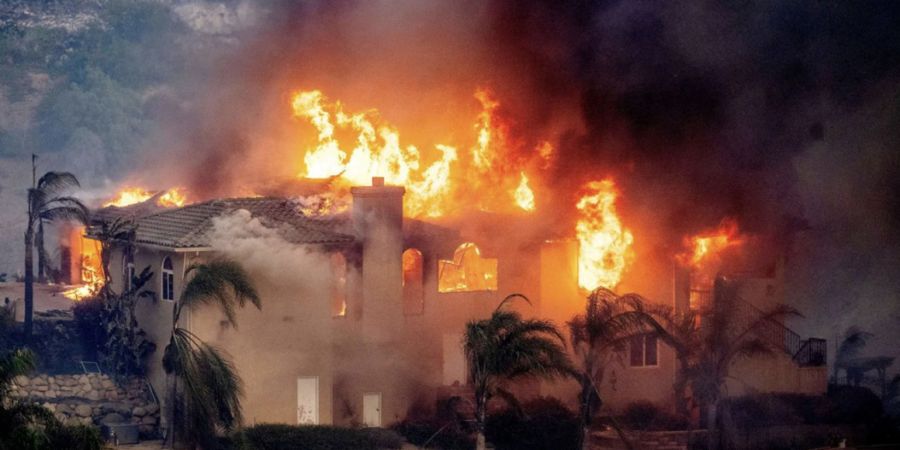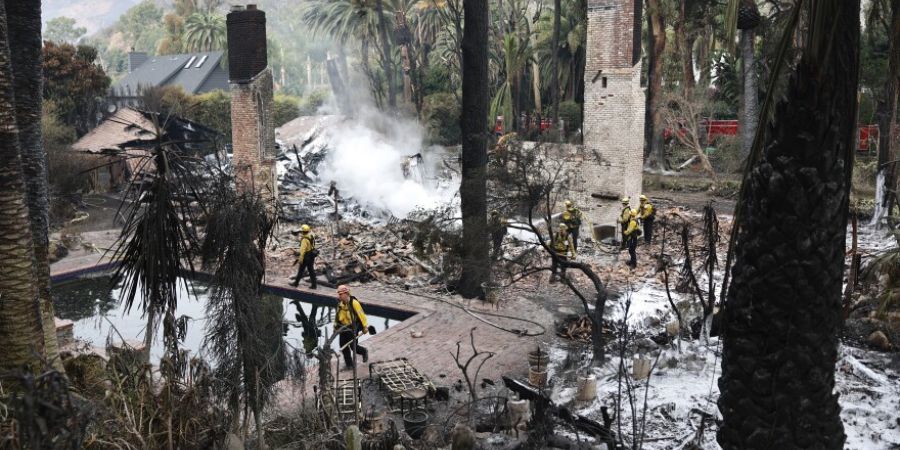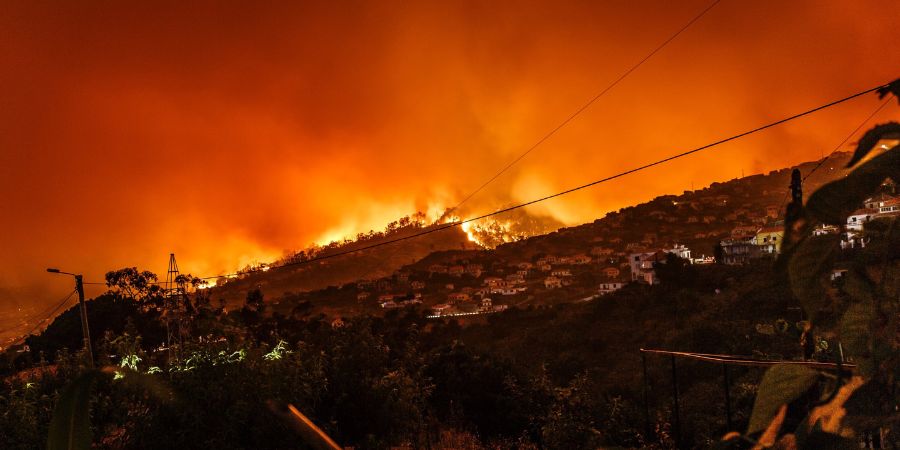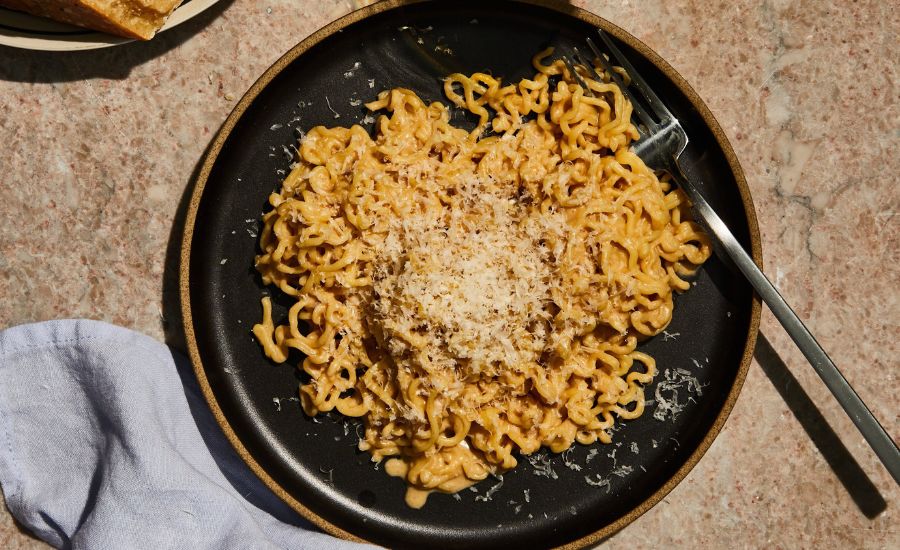The Malibu Fire is one of the most devastating natural disasters that California faces. Over the years, wildfires in Malibu have destroyed thousands of homes, forced mass evacuations, and left long-lasting damage to the environment. Fires like the Woolsey Fire (2018) and the Franklin Fire (2024) have shown how dangerous and destructive these events can be.
With dry weather, strong Santa Ana winds, and climate change making wildfires worse, understanding the causes and impacts of the Malibu Fire is more important than ever. In this article, we’ll explore how these fires start, how they affect people and wildlife, and what recovery efforts are in place. We’ll also discuss ways to prevent future wildfires and keep Malibu’s communities safe.
What Causes the Malibu Fire?
1. Dry Climate and Drought
Malibu’s climate is naturally dry, with little rainfall throughout the year. This dry weather turns grass, trees, and plants into highly flammable fuel. When a fire starts, it spreads rapidly because of the lack of moisture in the air and vegetation.
California has also faced severe droughts in recent years, making wildfires even more dangerous. When plants and trees dry out, they become easier to ignite, leading to bigger and faster-spreading fires.
2. Strong Santa Ana Winds
The Santa Ana winds are powerful winds that blow from inland areas toward the coast, especially in the fall. These winds can reach speeds of over 60 miles per hour, carrying embers from one location to another.
Because of these winds, a small fire can turn into a massive wildfire in just minutes. This is what happened during the Woolsey Fire in 2018, which quickly spread across Malibu and nearby areas, destroying thousands of homes.
3. Human Activities and Accidents
Many Malibu fires are caused by humans, either accidentally or intentionally. Common causes include:
- Power Lines – Faulty or damaged power lines can spark fires, especially in dry conditions.
- Campfires and Fireworks – Uncontrolled flames can easily ignite dry grass and trees.
- Cigarettes and Matches – Even a single lit cigarette thrown on the ground can start a massive fire.
- Arson – Some fires are started intentionally, causing destruction and putting lives at risk.
The Impact of the Malibu Fire

1. Destruction of Homes and Businesses
Wildfires in Malibu have burned down thousands of homes, forcing families to evacuate and rebuild from scratch. The Woolsey Fire alone destroyed over 1,600 buildings, making it one of the most damaging fires in Malibu’s history.
For businesses, wildfires mean huge financial losses. Shops, restaurants, and hotels in Malibu rely on tourism, and when a fire sweeps through, tourists stop visiting, leaving businesses struggling to survive.
2. Danger to People and Wildlife
Wildfires put lives at risk. In some cases, people have been trapped in their homes or cars, unable to escape the fast-moving flames. Firefighters work hard to rescue residents, but not everyone makes it out in time.
Wildlife is also severely affected. Deer, mountain lions, and birds lose their natural habitats, and many animals die in the fires. After the fire, surviving animals struggle to find food and shelter in the burned landscape.
3. Air Pollution and Health Problems
During a wildfire, thick smoke fills the air, making it dangerous to breathe. The smoke contains toxic chemicals and tiny particles that can cause serious health problems, especially for people with asthma or respiratory conditions.
Even after the fire is put out, the air remains polluted for weeks, affecting both residents and firefighters who were exposed to the smoke.
4. Risk of Mudslides and Flooding
After a wildfire, the burned land cannot absorb water properly. This makes Malibu prone to mudslides and flooding, especially during heavy rains. Without trees and plants to hold the soil in place, large amounts of mud can slide down hills, damaging roads and homes.
In early 2019, just a few months after the Woolsey Fire, rainstorms caused dangerous mudslides in Malibu, leading to further evacuations and road closures.
Recovery Efforts After the Malibu Fire

1. Government Assistance and Relief Funds
After a wildfire, both state and federal governments provide financial aid to affected residents. Organizations like FEMA (Federal Emergency Management Agency) offer grants to help families rebuild their homes.
California’s government also provides funding for fire prevention programs, helping communities become more prepared for future wildfires.
2. Local Community Support
The Malibu community comes together to support fire victims. Volunteers help clean up damaged areas, while charities provide food, water, and emergency supplies.
Local groups also organize fundraisers to help people who lost their homes and businesses. This support is crucial in helping families rebuild their lives after a disaster.
3. Scientific Research and Technology
NASA and other scientific organizations use satellite images to track wildfire damage and study recovery patterns. This information helps experts understand how fires spread and how to prevent them in the future.
New technology is also improving firefighting methods, with drones, artificial intelligence, and fire-resistant materials helping to reduce the damage caused by wildfires.
Preventing Future Malibu Fires
1. Fireproofing Homes and Buildings
Homeowners in Malibu can take steps to protect their properties from wildfires, including:
- Using fire-resistant materials for roofs and walls.
- Creating a defensible space by removing dry plants and debris around their homes.
- Installing sprinklers and fireproof shutters to reduce fire damage.
2. Government Fire Prevention Programs
The government is working on new wildfire prevention strategies, such as:
- Controlled burns – Setting small, controlled fires to clear dry vegetation and prevent larger wildfires.
- Stronger power line regulations – Making sure power companies properly maintain their equipment to reduce fire risks.
- Improving emergency response – Training more firefighters and upgrading fire stations in high-risk areas.
3. Raising Awareness and Education
Many wildfires can be prevented if people are more careful with fire safety. Schools, communities, and local authorities are working to educate residents about:
- The dangers of throwing lit cigarettes on dry grass.
- How to safely use campfires and outdoor grills.
- The importance of following fire evacuation orders during emergencies.
The Future of Malibu and Wildfire Prevention

The Malibu Fire has left a lasting impact on the community, but with the right recovery efforts and fire prevention strategies, the city can rebuild and prepare for the future. As climate change continues to increase the risk of wildfires, it is crucial to invest in better firefighting technology, stronger building regulations, and greater public awareness.
While wildfires may never fully disappear from Malibu, people can take action to reduce their impact. By working together, government agencies, scientists, and residents can make Malibu a safer place to live, even in the face of future fires.
Conclusion
The Malibu Fire is a serious threat that has destroyed homes, businesses, and wildlife for years. However, through recovery efforts, community support, and smart prevention strategies, people can rebuild and reduce the risks of future disasters.
By understanding the causes of wildfires, the damage they cause, and the best ways to prevent them, Malibu’s residents can stay safe and protect their beautiful coastal city for generations to come.
FAQs
Q: What causes the Malibu Fire?
A: Malibu fires are usually caused by dry weather, strong Santa Ana winds, human activities, and power line failures. Climate change and drought also make wildfires worse.
Q: How dangerous is the Malibu Fire?
A: Malibu fires can spread quickly, destroying homes, businesses, and wildlife habitats. They also create toxic smoke, which can cause breathing problems.
Q: What was the most destructive fire in Malibu?
A: The Woolsey Fire (2018) was one of the worst, burning nearly 97,000 acres and destroying over 1,600 buildings.
Q: How can people stay safe during a Malibu Fire?
A: People should follow evacuation orders, prepare emergency kits, and stay updated through official fire alerts.
Q: What happens after a Malibu Fire?
A: Recovery includes rebuilding homes, clearing debris, helping wildlife, and getting financial aid from the government and charities.
For more information Go to home page










